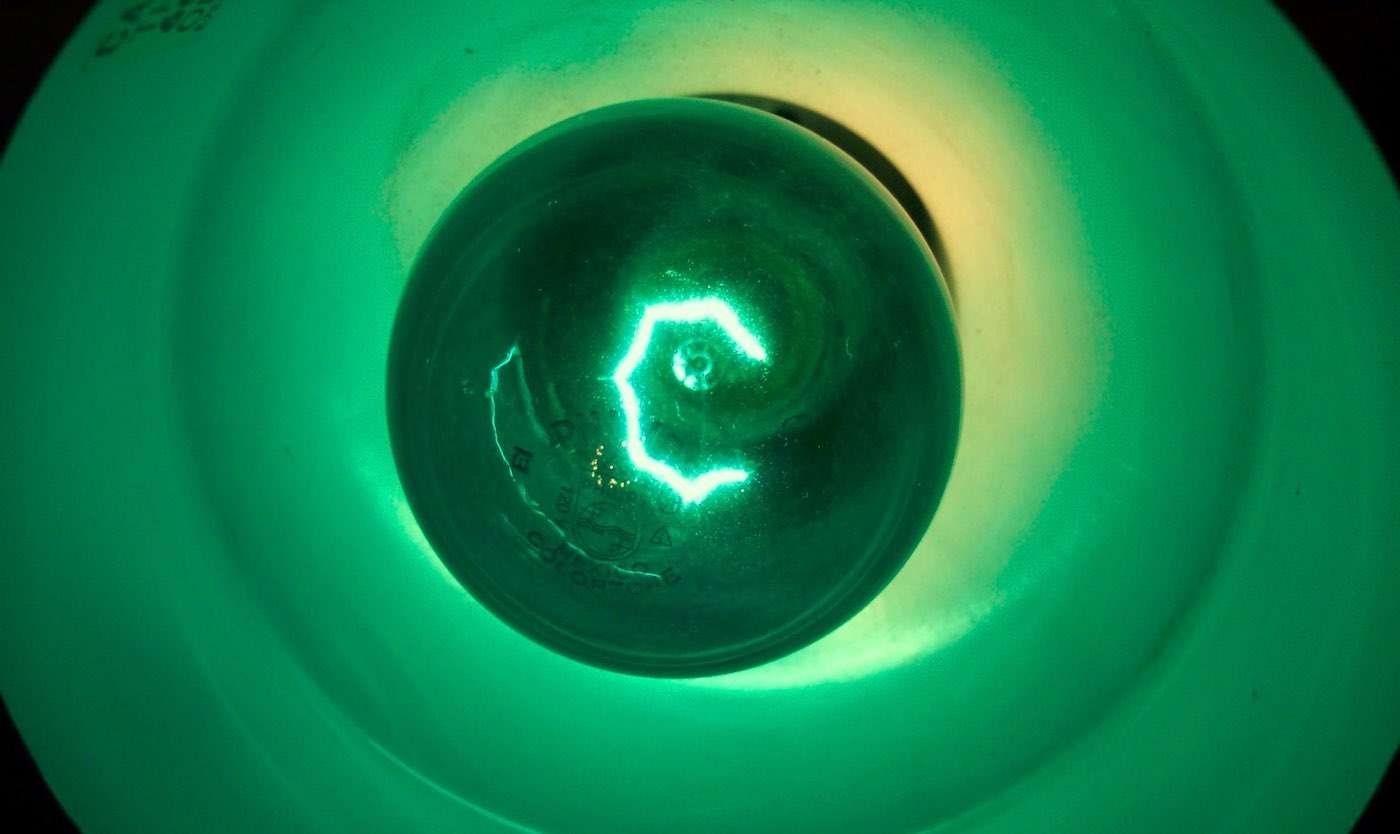Virtual Reality Glasses Displaying Exercise Give Similar Effects to Those Who Can't Move
A new study from Tohoku University suggests that virtual reality training can reduce psychosocial stress and anxiety.

Arm and hand movements have been restored in paralyzed primates when researchers ‘zapped' their spinal cord.
Rather than designing new, sophisticated equipment, electrical stimulation was applied to surviving nerves in severely damaged backbones, which improved motor control in the monkeys.
In the experiments, macaques with partial arm paralysis learned to reach, grasp, and pull a lever to receive a favorite treat. Importantly, they continued to improve over time as they adapted to the groundbreaking technique.
They were fitted with brain implants that detected electrical activity from regions controlling voluntary movement. A small array of electrodes were placed over the nerve roots sprouting from the spinal cord toward the muscles of the arm and hand.
"To perform even the simplest arm movement, our nervous system has to coordinate hundreds of muscles," said senior author Dr. Marco Capogrosso, of Pittsburgh University. "Replacing this intricate neural control with direct electrical muscle activation would be very difficult outside a laboratory."
"Instead of stimulating muscles, we simplified the technology by designing a system that uses surviving neurons to restore the connection between the brain and the arm via specific stimulation pulses to the spinal cord, potentially enabling a person with paralysis to perform tasks of daily living."
Currently, for victims of spinal cord injury or stroke, there are no therapies or medical technologies that provide dexterity-skills that set primates and humans apart from other mammals.
The team's method of stimulation was extensively verified using a combination of computational algorithms and medical imaging. While not enough to restore the arm function completely, the stimulation significantly improved precision, force, and range of movement, allowing each animal to move its arm more efficiently.
Importantly, the animals continued to improve as they adapted and learned how to use stimulation.
"By building a technology around the nervous system that mimics what it is naturally designed to do, we get better results," said co-author Dr. Beatrice Barra.
The electrical spinal cord stimulation was described in the journal Nature Neuroscience, and will be tested on paralyzed stroke patients in the US later this year. The University's Rehabilitation and Neural Engineering Labs is recruiting patients for the research.
SPREAD the Hope for Paralysis Patients By Sharing on Social Media… (File photo of green light by Victory of the People, CC license)
Be the first to comment